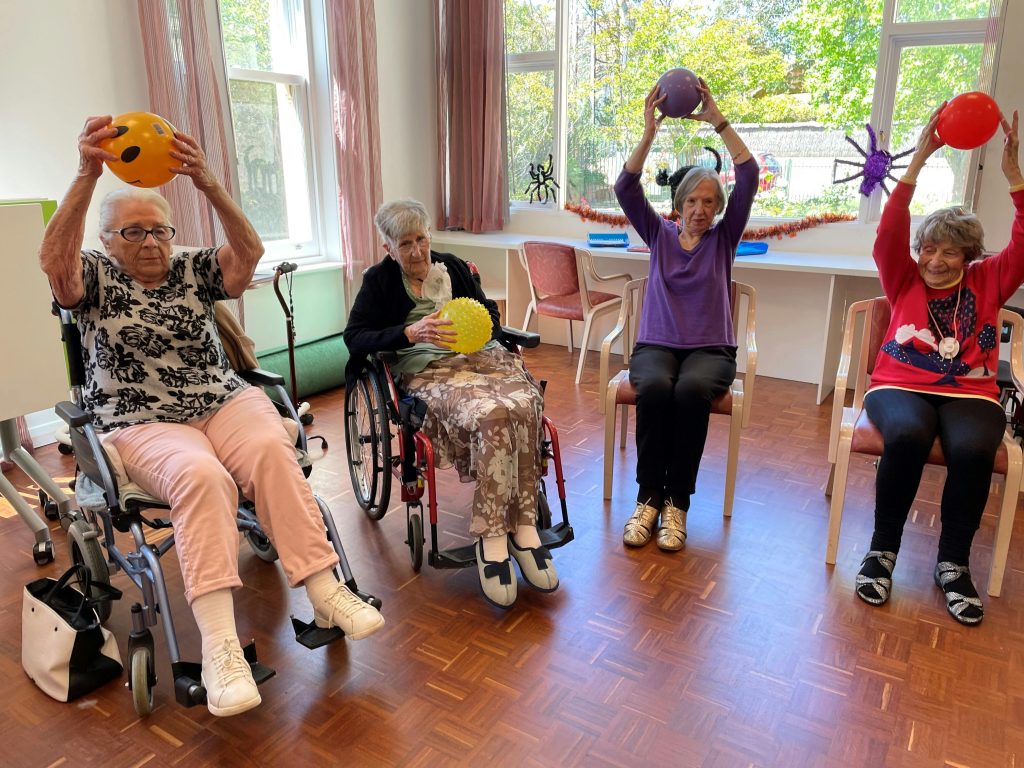Providing personalized care plans is essential for delivering effective individualized care, especially in settings such as assisted living facilities, nursing homes, and home care services. Personalized care plans ensure that each individual receives care tailored to their unique needs, preferences, and health conditions.
I. Introduction
A. Importance of Personalized Care Plans
Personalized care plans are crucial for several reasons:
- Individual Needs: Each person has unique health conditions, preferences, and life experiences that affect their care requirements.
- Improved Outcomes: Tailored care plans can lead to better health outcomes, increased satisfaction, and enhanced quality of life.
- Compliance and Engagement: Individuals are more likely to engage with and adhere to care plans that reflect their personal needs and preferences.
II. Assessing Individual Needs
A. Comprehensive Assessment
Conducting a comprehensive assessment is the first step in developing a personalized care plan. This involves gathering detailed information about the individual’s health, lifestyle, and preferences.
Key Components of Assessment
| Component | Description |
|---|---|
| Medical History | Review past and current medical conditions, medications, and treatments. |
| Physical Examination | Assess physical health, mobility, and functional abilities. |
| Psychological Evaluation | Evaluate mental health, cognitive function, and emotional well-being. |
| Social History | Understand social interactions, support networks, and living conditions. |
| Personal Preferences | Identify preferences in daily routines, food, activities, and cultural or religious practices. |
B. Utilizing Assessment Tools
Use standardized assessment tools to ensure thorough and consistent evaluations. Examples include:
- Activities of Daily Living (ADL) Scale: Measures basic self-care tasks such as bathing, dressing, and eating.
- Instrumental Activities of Daily Living (IADL) Scale: Assesses more complex activities like managing finances, medication management, and transportation.
- Mini-Mental State Examination (MMSE): Evaluates cognitive function and screens for cognitive impairments.
III. Developing the Personalized Care Plan
A. Setting Goals and Objectives
Based on the assessment, set specific, measurable, achievable, relevant, and time-bound (SMART) goals for the individual’s care.
Examples of SMART Goals
| Goal | Description |
|---|---|
| Improve Mobility | Increase walking distance from 100 to 200 meters within three months. |
| Enhance Nutritional Intake | Ensure daily intake meets dietary recommendations for the individual’s health condition within one month. |
| Support Social Engagement | Increase participation in social activities from once a week to three times a week within two months. |
B. Tailoring Interventions
Develop interventions that align with the individual’s goals, preferences, and needs. Ensure that these interventions are practical and achievable within the care setting.
Intervention Examples
| Area | Intervention |
|---|---|
| Physical Health | Customized exercise programs, physical therapy, and regular medical check-ups. |
| Nutrition | Personalized meal plans considering dietary restrictions and preferences. |
| Mental Health | Cognitive therapy, counseling, and activities to stimulate cognitive function. |
| Social Activities | Organizing group activities, community outings, and family visits. |
C. Involving the Individual and Family
Engage the individual and their family in the care planning process to ensure the plan reflects their wishes and to foster a collaborative approach.
- Family Meetings: Schedule regular meetings to discuss care plans and gather input from family members.
- Individual Preferences: Respect the individual’s preferences and choices, making them central to the care plan.
IV. Implementing the Care Plan
A. Coordinating Care
Effective implementation requires coordination among healthcare providers, caregivers, and family members.
Coordination Strategies
| Strategy | Description |
|---|---|
| Multidisciplinary Team Meetings | Regular meetings with all involved professionals to discuss and adjust care plans. |
| Care Manager | Appoint a care manager to oversee the implementation and coordination of the care plan. |
B. Training and Supporting Caregivers
Ensure that caregivers are trained and supported to deliver personalized care effectively.
- Training Programs: Provide training on specific care needs, cultural competence, and communication skills.
- Support Resources: Offer resources such as counseling, respite care, and peer support groups for caregivers.
C. Monitoring and Adjusting the Plan
Continuous monitoring and regular review of the care plan are essential to ensure it remains relevant and effective.
Monitoring Methods
| Method | Description |
|---|---|
| Regular Assessments | Conduct periodic assessments to track progress and identify any new needs or changes. |
| Feedback Mechanisms | Establish feedback channels for the individual and family to express concerns and suggestions. |
Adjusting the Plan
- Dynamic Updates: Modify the care plan as needed based on assessment results and feedback.
- Goal Re-evaluation: Reassess goals regularly to ensure they remain relevant and achievable.
V. Benefits of Personalized Care Plans
A. Enhanced Quality of Life
Personalized care plans contribute to a better quality of life by:
- Meeting Individual Needs: Addressing specific health conditions and personal preferences.
- Promoting Independence: Encouraging self-care and autonomy where possible.
B. Improved Health Outcomes
Tailored care plans can lead to significant health improvements, including:
- Better Disease Management: Customized interventions for chronic conditions.
- Reduced Hospitalizations: Proactive and preventive care reduces the risk of complications.
C. Increased Satisfaction
Both individuals and their families are likely to experience higher satisfaction levels with personalized care:
- Trust and Confidence: Personalized care builds trust in the care team.
- Family Involvement: Families feel more involved and reassured about their loved one’s care.
VI. Conclusion
Providing personalized care plans is a cornerstone of effective individualized care. By conducting thorough assessments, setting clear goals, tailoring interventions, and continuously monitoring progress, assisted living facilities can ensure that each individual receives the highest quality of care tailored to their unique needs. This approach not only enhances the well-being and satisfaction of residents but also establishes the facility as a leader in compassionate and effective care delivery.
Adopting and implementing personalized care plans is not just a best practice; it is a commitment to recognizing and honoring the individuality of each person under your care. By doing so, you can achieve outstanding outcomes and make a meaningful difference in the lives of those you serve.



